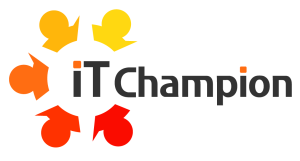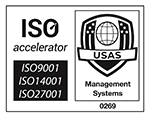Looking to boost your team’s productivity and creativity?
This blog explores how to use Microsoft Whiteboard for real-time team collaboration. Whether you’re working remotely or in a hybrid setup, you’ll learn how to set up boards, use templates, and share ideas instantly. Perfect for small and medium-sized businesses aiming to streamline meetings and brainstorming sessions.
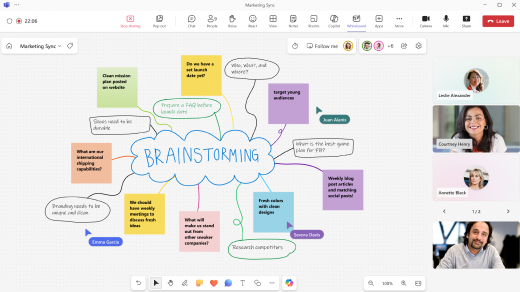
In today’s modern workplace, real-time team collaboration is essential.
Microsoft Whiteboard offers a dynamic digital canvas that helps businesses brainstorm, plan, and communicate visually—no matter where team members are located. This guide shows you how to use Whiteboard effectively in a business environment, with practical tips, templates, and sharing strategies to enhance productivity and engagement.
This is one of the online whiteboard tools that enhances team collaboration. This is one of the digital workspace solutions that enhances team collaboration.
If your team’s still scribbling on physical whiteboards or snapping blurry photos of meeting notes, it’s time to upgrade. Microsoft Whiteboard is a freeform digital canvas that lets teams brainstorm, plan, and collaborate in real-time — whether you’re in the same room or scattered across locations.
This guide walks you through how a small or medium-sized business (SMB) can use Microsoft Whiteboard successfully – from setup to sharing – with practical tips and best practices.
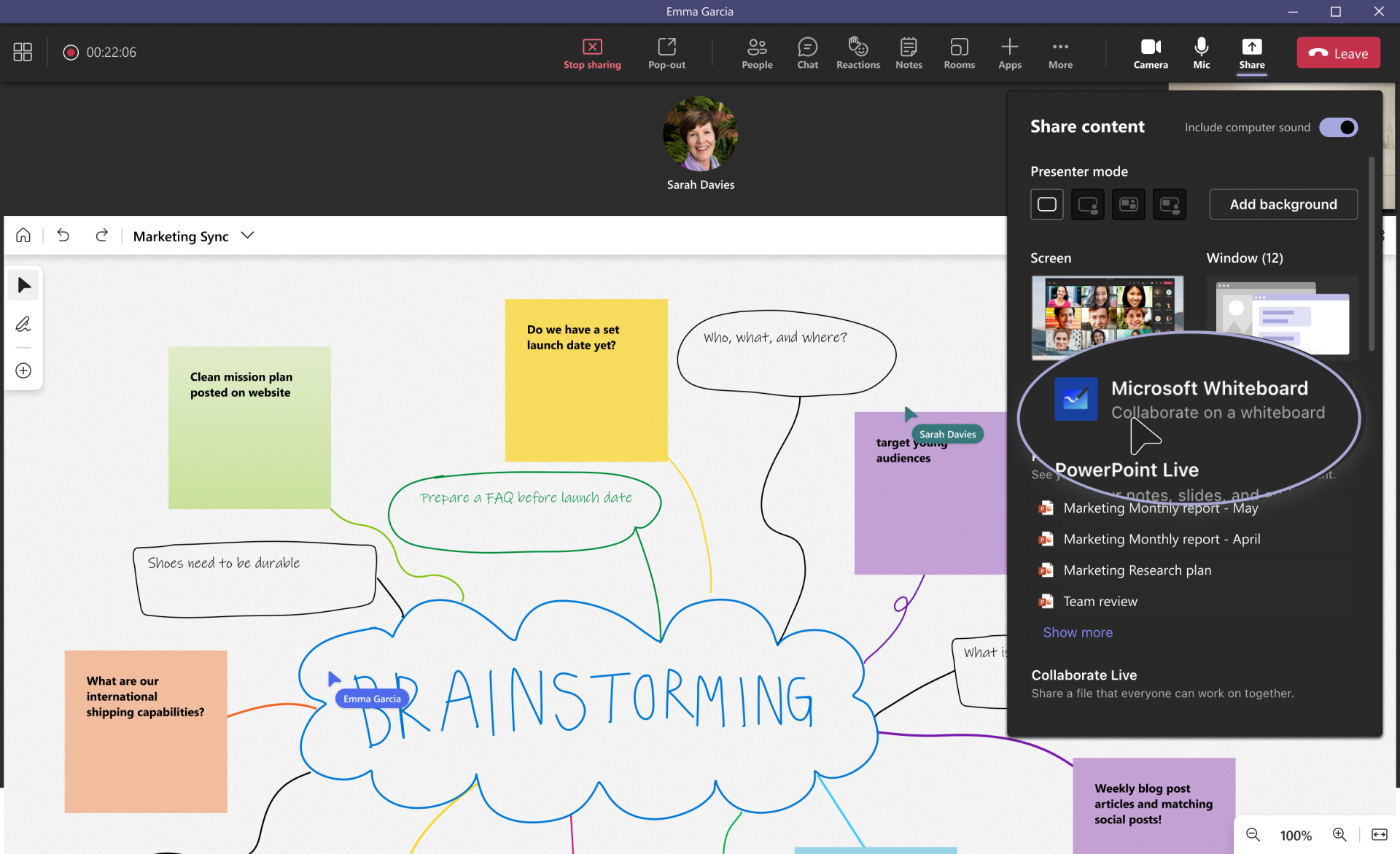
Getting Started: Where to Find Microsoft Whiteboard
You can access Microsoft Whiteboard in several ways:
- Via Microsoft Teams: During a meeting, click Share > Microsoft Whiteboard.
- From the App Launcher: Look for the Whiteboard tile in your Microsoft 365 apps.
- Directly in your browser: Visit https://whiteboard.cloud.microsoft/ and sign in with your Microsoft 365 account.
Once opened, you’ll land on your Whiteboard homepage where you can create new boards or revisit existing ones.
Using Templates for Faster Setup
Templates are your shortcut to productivity.
Microsoft Whiteboard offers a wide range of pre-built templates for different meeting types:
| Meeting Type | Best Template | Why It Works |
|---|---|---|
| Team Brainstorming | Brainstorming | Idea capture areas, voting tools, action items |
| Project Kick-off | Project Planning | Kanban boards, timelines, task assignments |
| Sprint Planning | Daily Stand-up | Progress tracking, blockers, task updates |
| Problem Solving | Problem Solving | Root cause analysis, decision matrices |
| Strategic Planning | Strategy | SWOT analysis, goal setting, roadmap planning |
| Customer Research/UX | Design and Research | Journey mapping, feedback collection, personas |
Quick Tips
- High structure? Use Strategy or Project Planning templates. This is one of the cloud-based project planning that enhances team collaboration.
- Creative thinking? Go for Brainstorming or Workshop templates.
- Recurring meetings? Try Retrospectives or Daily Stand-ups.
- Client-facing? Use Design and Research templates.
To use a template
- Open Whiteboard.
- Click the three dots in the toolbar.
- Select Templates and choose one that fits your session.
Adding Sticky Notes, Text, Images and Drawing Tools
This is one of the visual collaboration software that enhances team collaboration.
Pro Tip: Don’t worry about perfection — Whiteboard thrives on collaborative messiness.
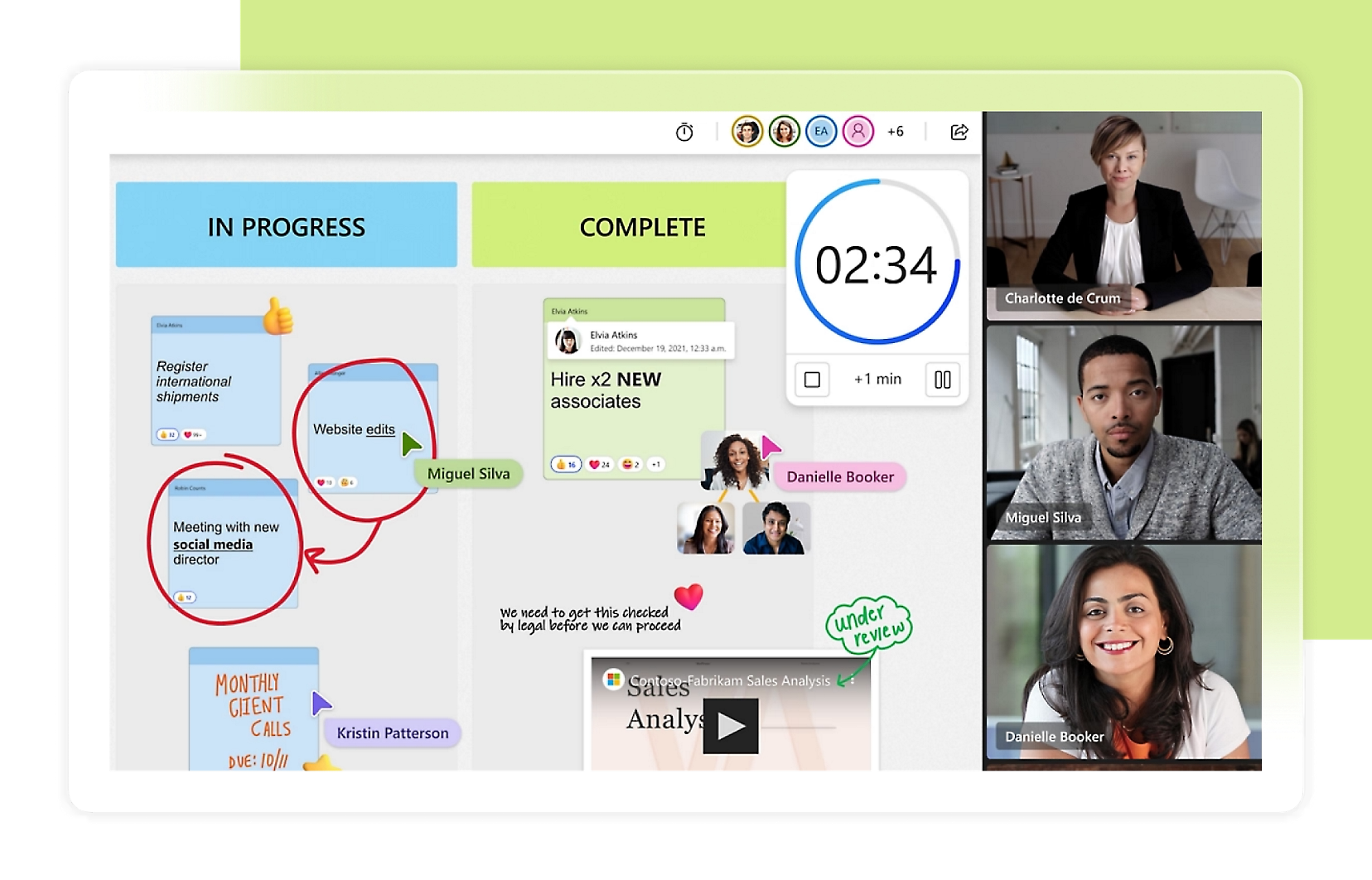
Sticky Notes
- Great for quick ideas, voting, and grouping.
- Drag and drop, colour-code, and resize.
Text Boxes
- Ideal for headers, instructions, or detailed notes.
- Offers formatting options for clarity.
Images
- Upload or search online.
- Use visuals to inspire or explain.
Drawing Tools
- Pens, highlighters, and shape recognition.
- Perfect for diagrams, sketches, and creative flows.
Organising Your Whiteboards
As your team creates more boards, staying organised becomes essential.
Folder and Naming Best Practices
- Whiteboards are saved in the OneDrive folder of the creator.
- SharePoint is not yet supported.
- Use consistent naming like:
- Marketing Campaign Ideas – Q3 2024
- Project Phoenix – Kick-off – 15 Aug
- Customer Journey Mapping – Sarah’s Team
Housekeeping Tips
- Include dates in names for easy sorting.
- Archive old boards instead of deleting.
- Regularly clean up clutter.
- Check permissions before sharing externally.
Exporting and Sharing Your Whiteboards
Whiteboard shines when it comes to collaboration — but it’s the follow-up that keeps momentum going.
Sharing Safely
- Double-check email addresses before inviting collaborators.
- Avoid “Anyone with the link” unless absolutely necessary.
- Use view-only links for final versions.
- Test the link in a private browser to confirm access settings.
Export Options
- Click the three dots
- Export as PNG (great for presentations) or PDF (ideal for printing).
- Use the copy feature to duplicate successful boards as templates.
Real-Time Collaboration Features
- Click Share to invite others.
- See cursor tracking and live edits.
- View the participant list to track who’s contributing.
- Manage permissions: view-only or edit access, organisation-wide or specific people.
Bonus Features for Power Users
If you have access to Microsoft Copilot:
- Summarise brainstorming sessions.
- Categorise notes.
- Suggest content ideas.
Add dynamic elements in the form of Loop Components:
- Task lists
- Voting tables
- Progress checkers
- Checklists
These components update in real-time across Microsoft 365 apps.
How a SMB Can Use Microsoft Whiteboard Successfully
Here are a few practical use cases for small and medium-sized businesses.
- Hybrid Meetings: Use Whiteboard to capture ideas live, whether attendees are remote or in-person. This is one of the remote team productivity that enhances team collaboration.
- Project Planning: Kick off projects with templates that track tasks and timelines. This is one of the cloud-based project planning that enhances team collaboration.
- Team Brainstorms: Collect ideas visually and vote on them using emojis or stars. This is one of the virtual brainstorming techniques that enhances team collaboration.
- Training Sessions: Use learning templates for onboarding or internal workshops.
- Client Collaboration: Share boards securely with clients for feedback and planning.
Microsoft Whiteboard is more than just a digital sketchpad — it’s a powerful collaboration tool that can transform how SMBs work together. With templates, real-time editing, and seamless sharing, it’s perfect for brainstorming, planning, and problem-solving.
So go ahead — open Whiteboard, pick a template, and start collaborating creatively in real-time.
